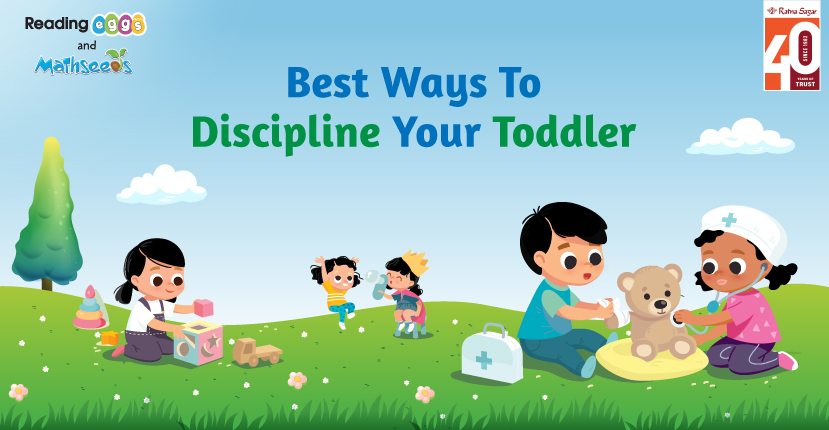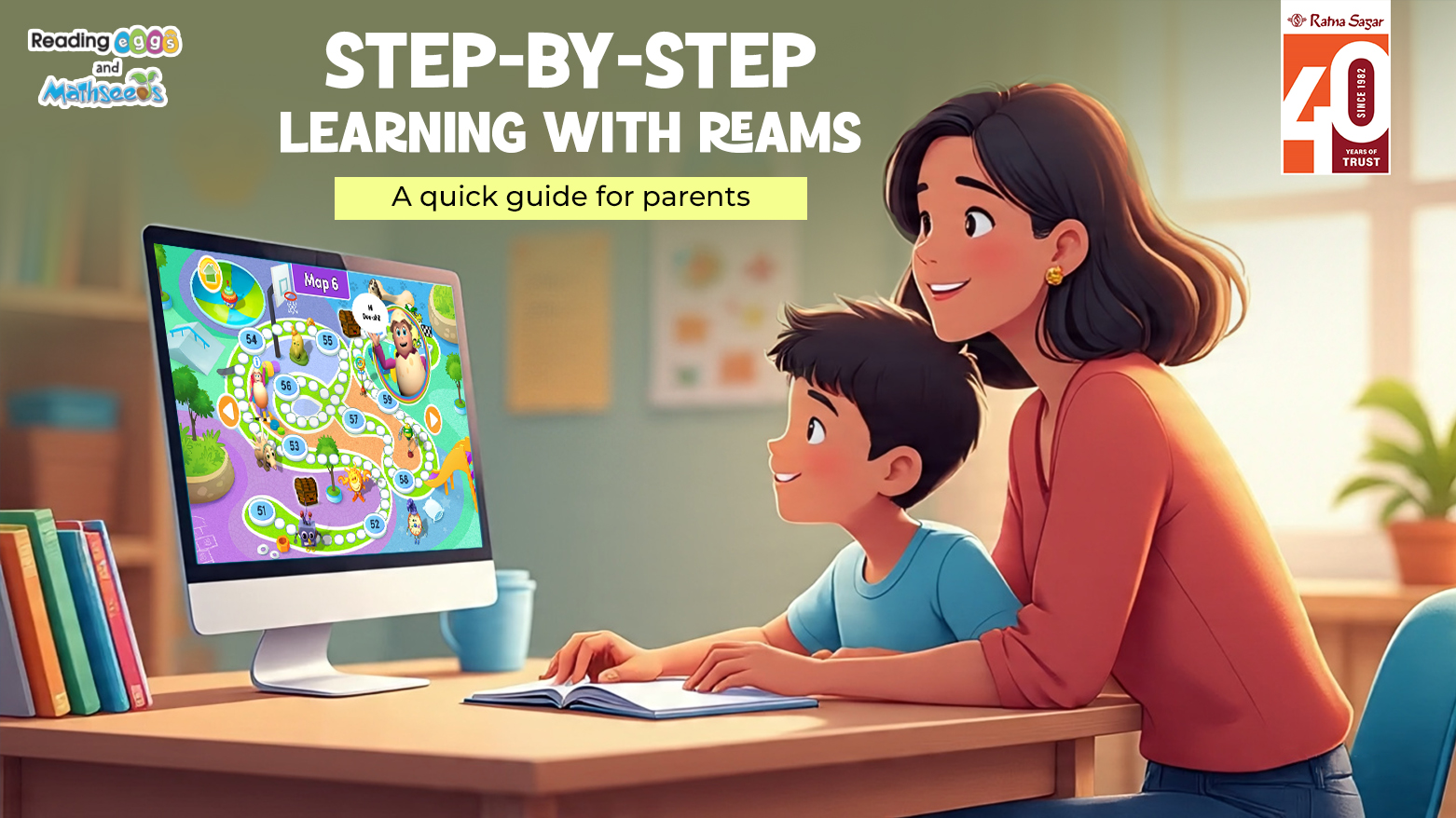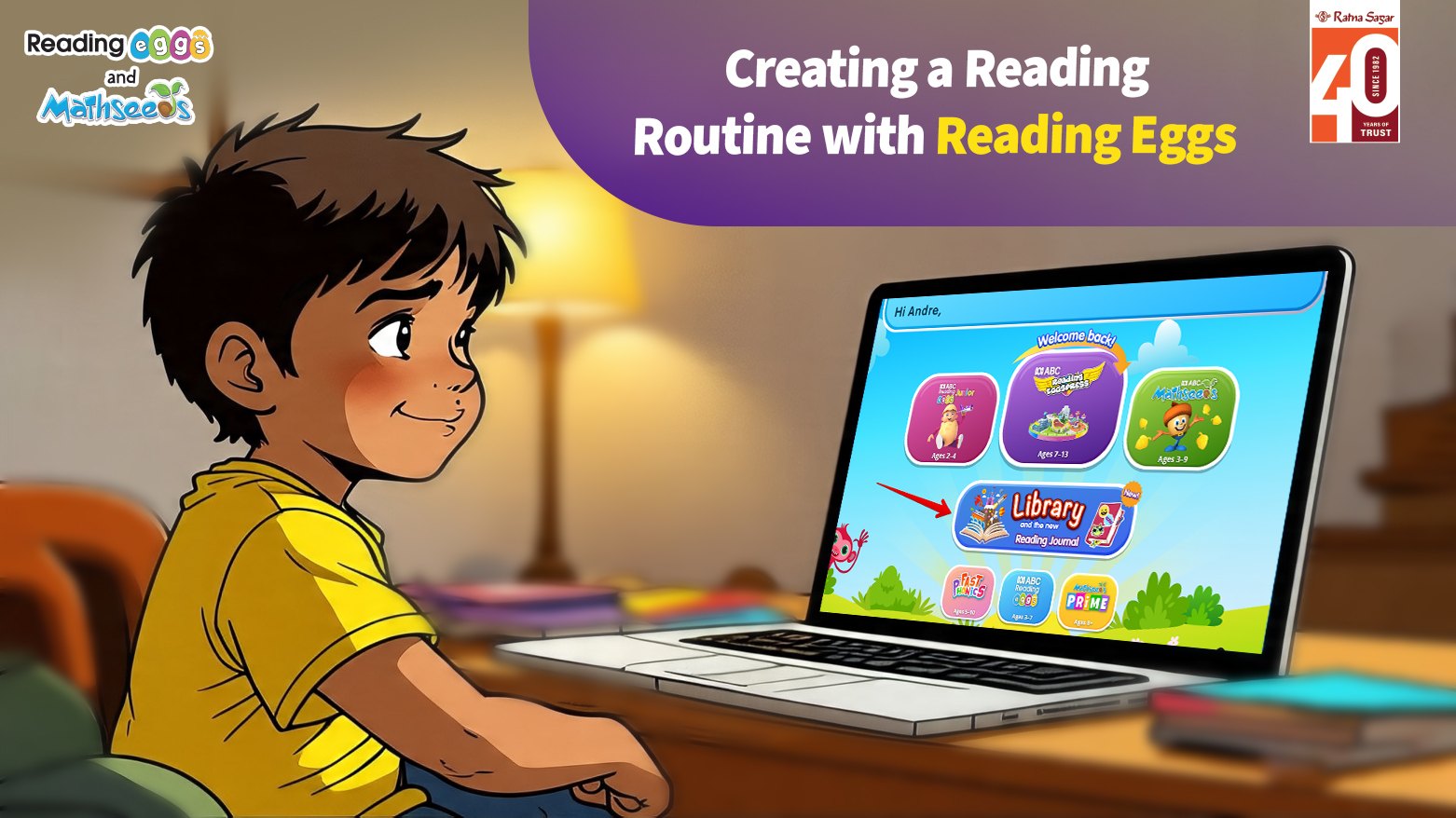Parenting toddlers is a rewarding journey. But many times, dealing with them can be challenging. Discipline plays a crucial role in shaping children’s behavior. While it's important to let them explore everything, it is also important to discipline them with empathy and understanding. Here are some effective and gentle ways to discipline your toddler while fostering a positive environment. Set Clear Boundaries: Toddlers thrive on routine! Setting clear rules and sticking to them can help them feel safe and understand what's expected. They also learn to be consistent and make their own rules for the day. For example, you may put them to sleep at a specific time every night. Use Positive Reinforcement: Always encourage positive behavior in your toddler by praising them. You may do this when they follow instructions, exhibit good behavior, learn and try something new, show interest in learning something or even when they follow a daily practice. Positive reinforcement helps build self-esteem within children and also reinforces the idea that certain behaviors are desirable and appreciated. Simple phrases like "Great job!" or "I'm proud of you" can go a long way. This can also make them feel valued and loved.
Book 7 days FREE trial For Reading Eggs with Ratna Sagar
Redirect and Distract: Toddlers are naturally curious, and sometimes their behavior is a result of their exploration. You may redirect their attention to a more appropriate activity. Offering an alternative can prevent power struggles and encourage them to learn what is acceptable behavior. Time-Outs with a Twist: Traditional time-outs involve isolating children in a designated area as a consequence for misbehavior. However, when dealing with toddlers, it can prove to be more effective when you use time outs with a twist. Let's call this modified approach a "time-in." In a time in, you can create a designated area where children can calm down with your support. Involve them in this space and create an opportunity for communication and emotional understanding. During the time-in, engage with the child to discuss their feelings and help them identify and express their emotions. This approach aims to teach toddlers how to manage their emotions effectively rather than simply imposing isolation as a punishment. You may also introduce creative activities in this space like painting, singing or dancing. This will help the children channel their energy into something creative and positive. The goal is to create a positive and supportive environment for the child to learn and grow, fostering a connection between you and your toddler while addressing challenging behaviors in a constructive way. Model Behavior: Toddlers observe everything that happens around them. Make sure to be a positive role model by exhibiting the behavior you want them to emulate. Show them how to express emotions, handle frustration, and communicate effectively and politely. Children often learn by observing their parents. Use Simple Language: When dealing with toddlers, it's important to use simple and age-appropriate language when communicating expectations and consequences. Toddlers may not fully grasp complex explanations, so it's more effective to express things in short sentences and clear terms. This straightforward communication makes it easier for them to understand and remember what is expected of them and the consequences of their actions. By keeping instructions simple and direct, you increase the likelihood that toddlers will comprehend and respond appropriately to your guidance.
Book 7 days FREE trial For Reading Eggs with Ratna Sagar
Encourage Independence: Allowing toddlers to make simple choices can contribute positively to this development. By offering options in age-appropriate situations, like letting them choose between two snacks or pick out their clothes, you give them a sense of control over their environment. This empowerment helps reduce the likelihood of power struggles between caregivers and toddlers. When toddlers feel that they have some say in their daily decisions, they are more likely to cooperate and engage in the task at hand. Offering choices also nurtures their decision-making skills and boosts their confidence as they learn to assert their preferences within the boundaries set by caregivers. It's a gentle way to support their growing independence and foster a positive relationship between caregivers and toddlers. Be Patient and Calm: It's crucial to remain patient and calm when dealing with toddler behavior. Take a deep breath before responding to challenging situations. Responding with patience helps create a positive atmosphere, promoting a healthy emotional connection between parent and child. Disciplining toddlers is an art that requires a delicate balance of setting boundaries and fostering independence. Approaching discipline with empathy and understanding helps toddlers navigate their world while learning appropriate behavior. By using positive reinforcement, redirection, and clear communication, parents can guide their toddlers towards becoming confident and well-behaved individuals. Remember, it's not about controlling your toddler but guiding them on their journey of growth and discovery.


